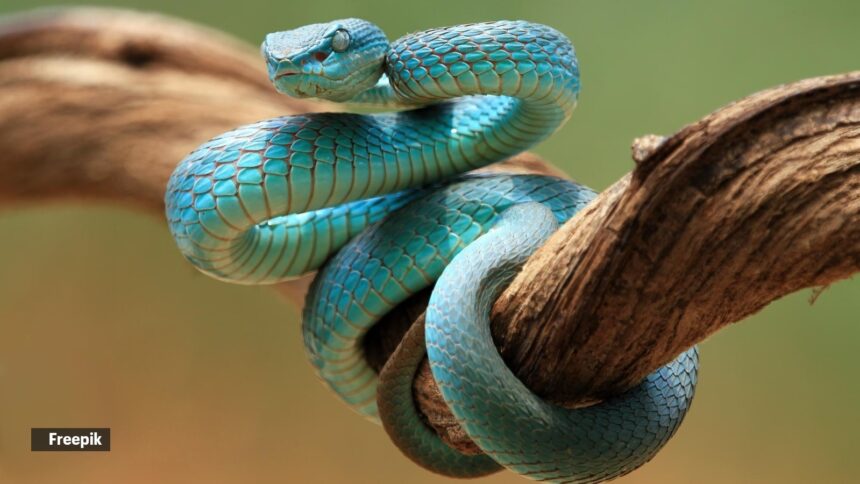Venomous or not, snakes are one of the most feared creatures on Earth. These cold-blooded, limbless reptiles slither, hiss and even bite their prey. Venomous snakes possess venom that contains toxic substances. They inject venom into prey by using their fangs which can cause paralysis, internal bleeding, organ failure, cardiac arrest and even death.
Approximately 5.4 million individuals are bitten by venomous snakes annually, leading to an estimated 81,000 to 138,000 fatalities, as reported by the World Health Organization (WHO). However, snakes only bite in self-defense-they are more scared of us than we are of them. Dion Wedd, curator of the Territory Wildlife Park, NT, said to Australia Geographic that snakes do not view humans as potential meals, nor do they bite aggressively out of spite. They use their venom to immobilise prey that would be too difficult for them to consume otherwise. Yet, they have the second-largest number of human fatalities attributed to any animal.
Only few venomous snakes can kill a human if left untreated. Since the development of anti-venom, the fatalities due to snake bites have reduced. But the problem of snake bites still persists, especially in developing countries where is less easily available. Here are 6 venomous snakes in the world that are deadly enough to kill a human:
According to the International Journal of Neuropharmacology, Inland Taipan is the most venomous snake in the world, as noted by Live Science. This means that only a tiny bit of this snake’s venom is fatal enough to kill humans.
As per BBC Wildlife, one bite contains enough lethality to kill atleast 100 adult humans. They are mostly found in Queensland, Centre East and South Australia in pre dug borrows of other animals. Due to its hiding nature, they barely come in contact with humans, thankfully.
As per Live Science, the main ingredient of Inland Taipan’s venom is hyaluronidase enzyme. This enzyme increases the speed at which toxins are absorbed in the victim’s body.
Found mostly in the wet forests of temperate and tropical coastal regions, coastal taipan is a highly venomous snake. Parts Australia like Queensland, New South Wales is home to this subspecies. According to the Australian Museum, its incredible speed makes it difficult to be spared of its bites. As per Australian Geographic, before an effective anti venom was produced, its bite was always fatal.
Known for its black mouth, Black Mambas are highly aggressive species of snake. Found in sub Saharan Africa, they are the most feared of all. Like most snakes, even Mambas do not seek out humans but if they are threatened, they will attack.
According to the BBC, if you are bitten by a black mamba, symptoms such as slurred speech and muscle twitches will follow in 10 minutes and likely death in half an hour.
Russel Vipers’ bite is the most painful of all. They are quite aggressive and one of the “the Big Four” along with Indian Cobra, common krait and saw-scaled viper. As per the BBC, these snakes account for 43% of all snakebites in India.
However, an anti venom has been developed against its venom saving many lives.
According to the Natural History Museum, King Cobra is the world’s longest venomous snake in the world. Did you know if a is threatened they can lift themselves off the ground about a third of their body length.
They are one of the deadliest snakes and found in India. Their encounters with Humans are quite frequent in India especially in rural areas during monsoon season. Sean Carroll, a molecular biologist wrote in the New York Times that a single bite can kill a human in 15 minutes and an adult elephant in just a few hours.
Part of the Big Four, saw scaled vipers are found in the Middle East, South Asia and Central Asia. They are typically aggressive and can be identified by the “sizzling” sound they make when threatened.
As per BBC Wildlife, they are responsible for an estimated 5,000 human fatalities per year in India alone.








